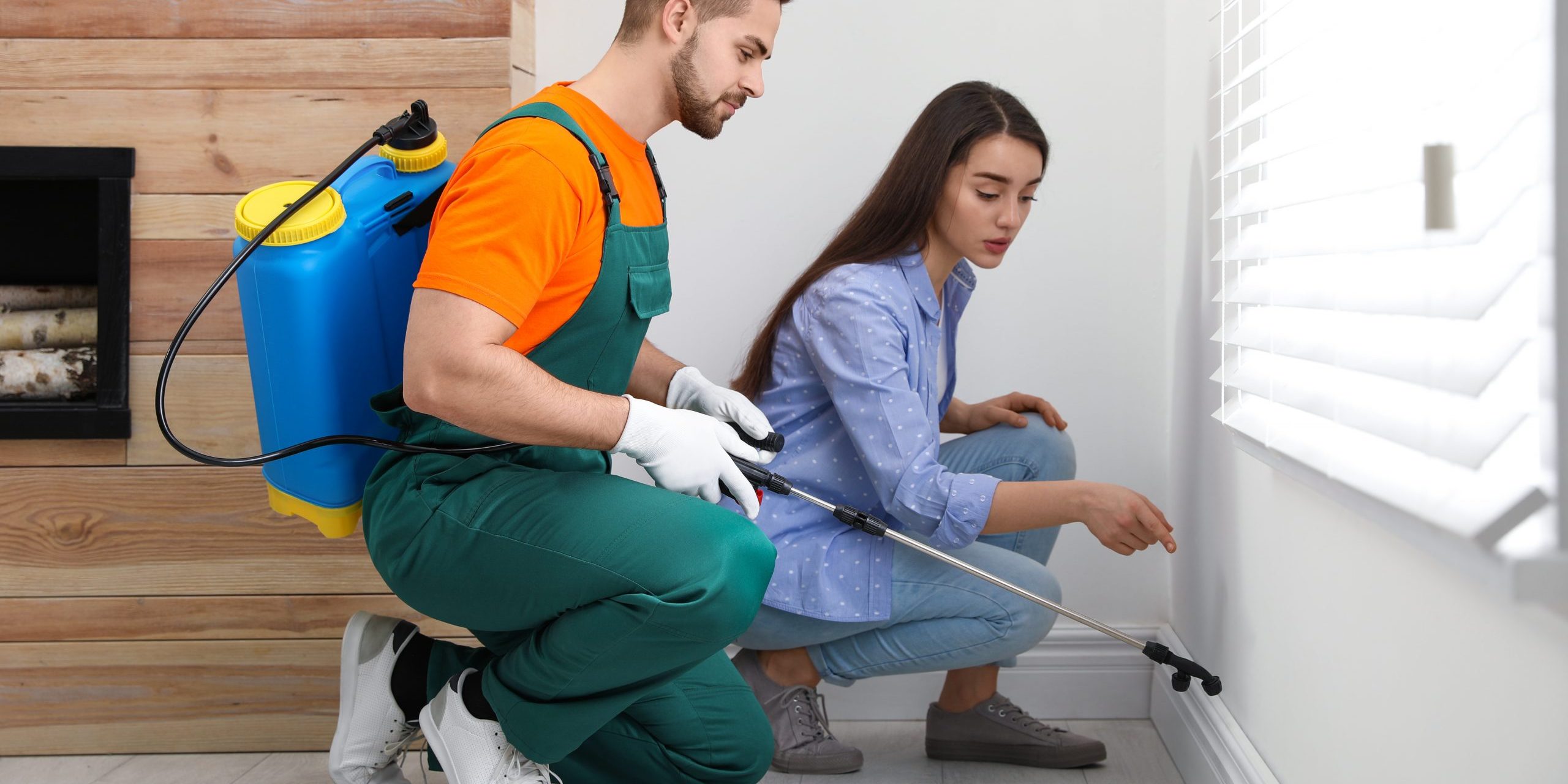Bed Bug Dog Detection: Detect Infestations Early for Satisfaction!
Bed Bug Dog Detection: Detect Infestations Early for Satisfaction!
Blog Article
Expert Insect Control Techniques for Long-Term Results
Specialist parasite control strategies envelop a detailed strategy that starts with a detailed assessment and evaluation, complied with by accurate bug identification to recognize their actions patterns. The application of Integrated Pest Management (IPM) principles, combined with eco-conscious therapies, develops the keystone of sustainable pest elimination.
Evaluation and Evaluation
Upon entering a building for insect control solutions, the preliminary action is a comprehensive assessment and analysis to determine the level of the infestation and determine the most effective treatment strategy. Specialist pest control professionals are trained to carefully take a look at the premises, searching for signs of insect task such as droppings, munch marks, nests, or any type of structural damage. They will certainly also evaluate the conditions that might be bring in insects, such as food sources, water leaks, or entry factors.

Bug Identification and Actions

Additionally, comprehending the actions of the recognized insect is crucial to implementing reliable control actions. Recognizing where parasites nest, what they feed on, and their task patterns can help pest control specialists devise strategies to eradicate them successfully. Some parasites may be nighttime, while others are a lot more active throughout the day. This understanding allows for the application of therapies at optimal times for optimum efficiency.
Integrated Pest Management (IPM)
Integrated Insect Management (IPM) techniques incorporate numerous strategies to control and avoid insect problems in a lasting and eco-friendly manner. bed bug exterminator. By incorporating methods such as organic control, habitat control, adjustment of cultural techniques, and using resistant varieties, IPM aims to minimize the use of chemical pesticides
One of the key concepts of IPM is the emphasis on prevention. This positive i was reading this strategy involves tracking insect populaces regularly to identify any type of potential issues prior to they rise. By determining insect troubles at an early stage, pest control measures can be carried out quickly and efficiently.
Additionally, IPM advertises using safe pest control approaches whenever feasible. This can include utilizing all-natural predators of the bugs, presenting beneficial bugs, or using pheromones to disrupt mating patterns. By minimizing reliance on chemical pesticides, IPM not only secures the setting however also aids maintain a balance in the ecosystem.
Environmentally-Friendly Treatments
Executing eco-conscious strategies in pest control treatments can efficiently deal with infestations while focusing on ecological sustainability. Environmentally-friendly treatments concentrate on lessening the impact of parasite control techniques on communities, non-target organisms, and human health and wellness.
Another trick element of environmentally-friendly therapies is the use of natural and eco-friendly products that damage down rapidly without leaving hazardous deposits in the atmosphere. Herb insecticides obtained from plants like chrysanthemums or neem offer efficient pest control while posing very little threat to non-target species. Employing techniques like warmth therapies or scent traps can target certain bugs with accuracy, minimizing the total environmental impact of parasite control methods.
Continuous Surveillance and Maintenance
Routine evaluations by skilled experts are necessary to recognize any kind of indications of bug task, examine the efficiency of previous treatments, and make adjustments to his explanation the parasite control strategy as needed. By keeping track of pest populations over time, pest control specialists can track patterns, anticipate potential problems, and execute precautionary measures to decrease the danger of future infestations.
In addition to surveillance, maintenance methods are essential for long-lasting pest control success. This includes implementing appropriate hygiene steps to remove potential food and water sources for parasites, sealing entry factors to prevent parasites from going into the properties, and resolving any architectural concerns more info here that could help with bug invasions (bed bug treatment). By including recurring surveillance and upkeep right into an incorporated pest administration technique, organizations can guarantee a pest-free atmosphere and protect their residential or commercial property versus expensive damages and health and wellness threats
Conclusion
To conclude, utilizing professional pest control strategies such as comprehensive examination and analysis, precise bug identification and understanding of their behavior, integrated insect administration techniques, environmentally-friendly treatments, and recurring surveillance and upkeep are vital for accomplishing long-term results in pest control. By implementing these approaches, people can successfully manage pest problems and keep a pest-free setting in a sustainable manner.
Report this page